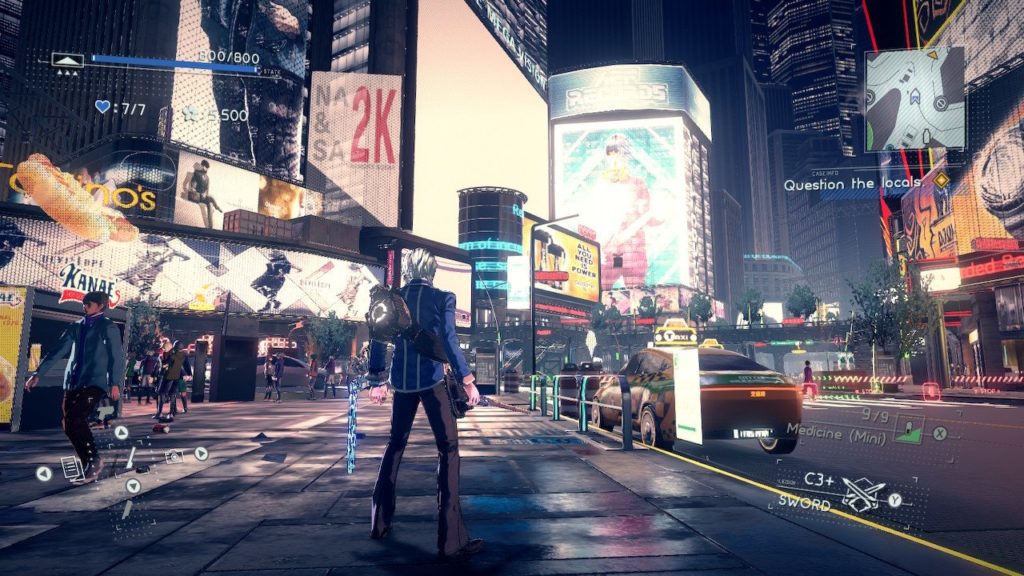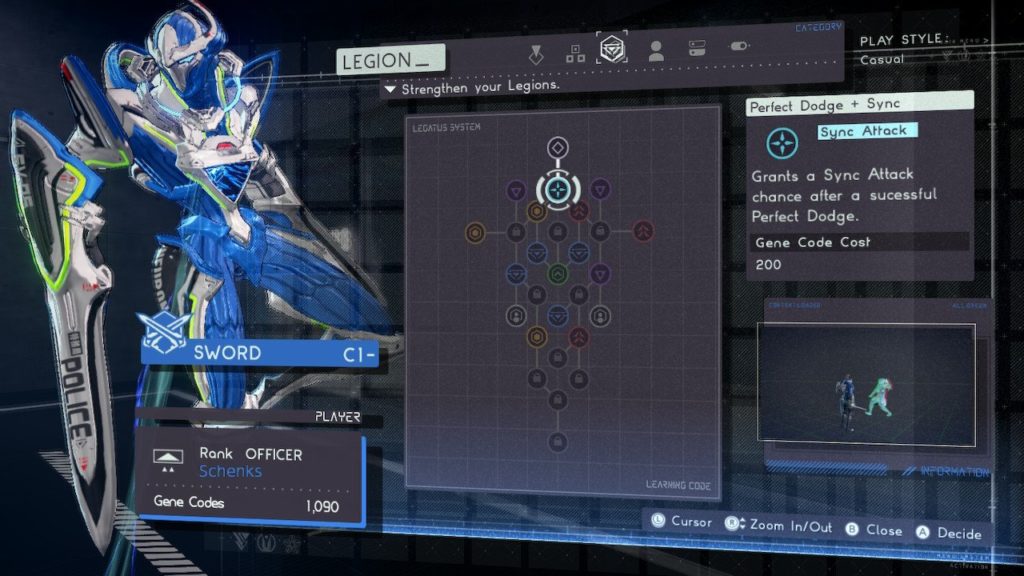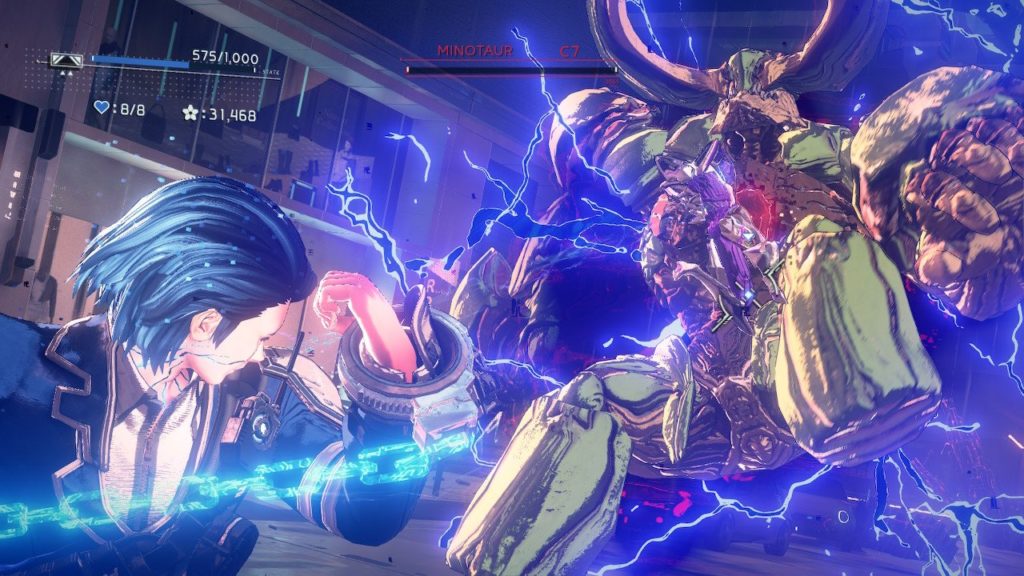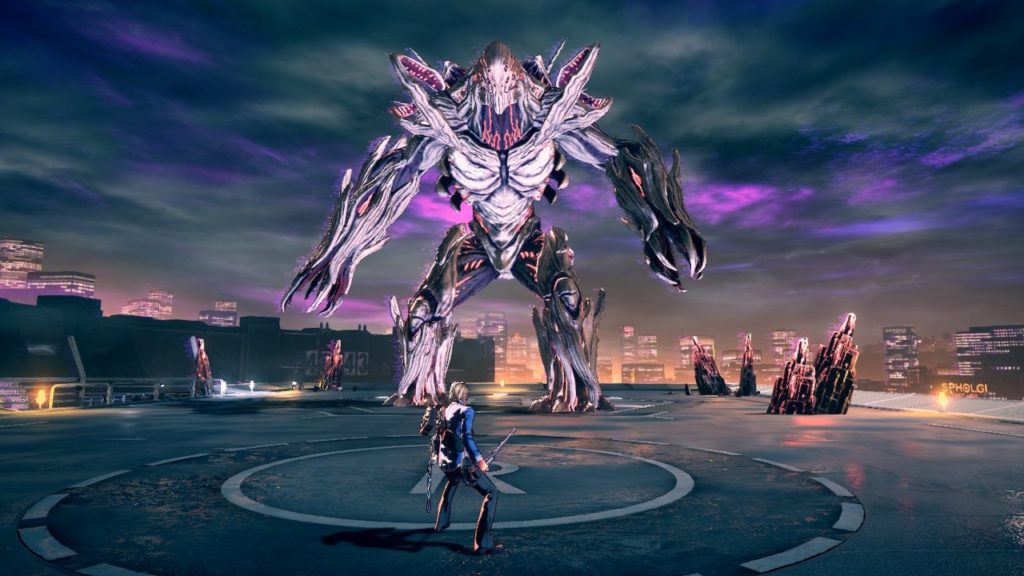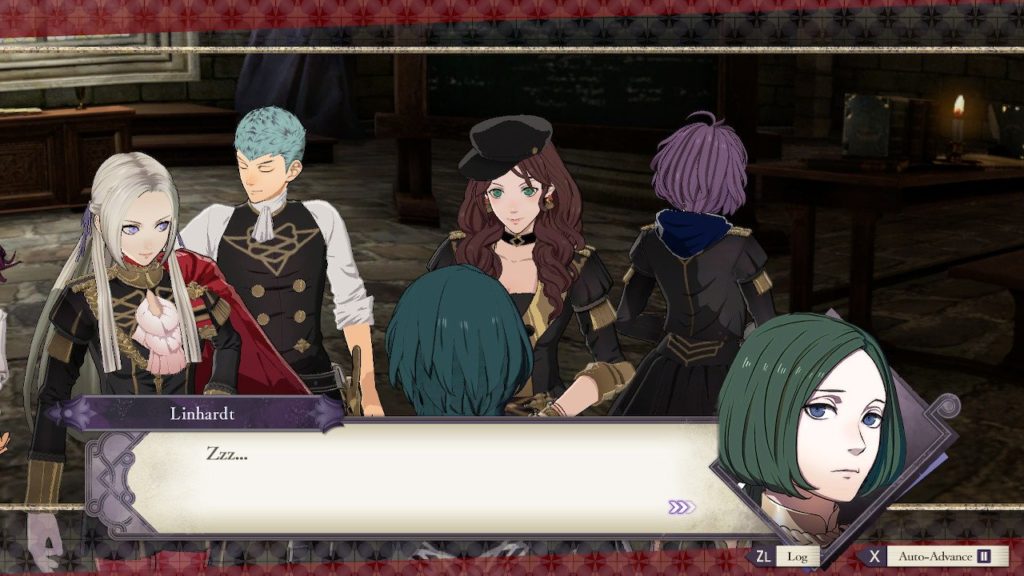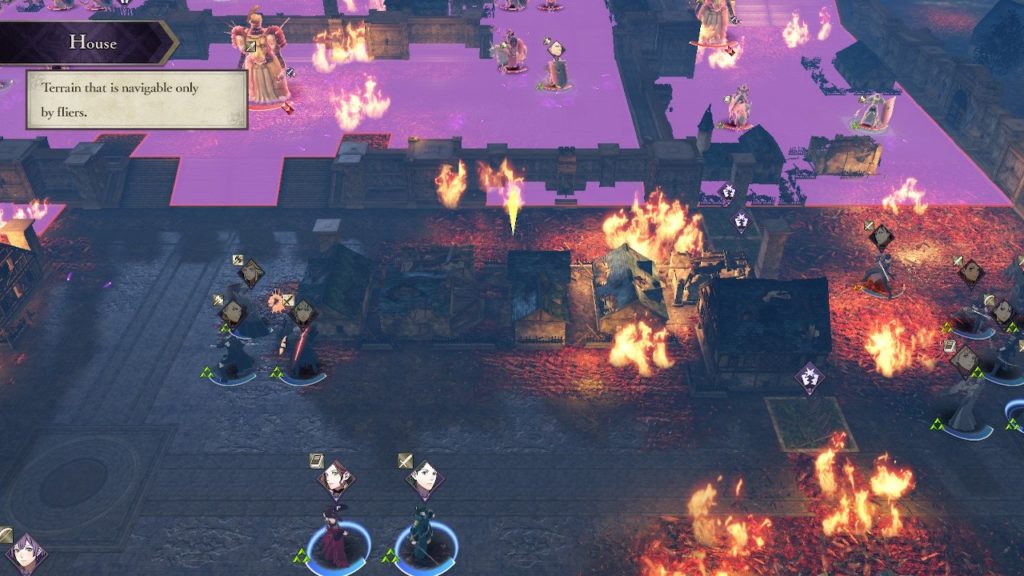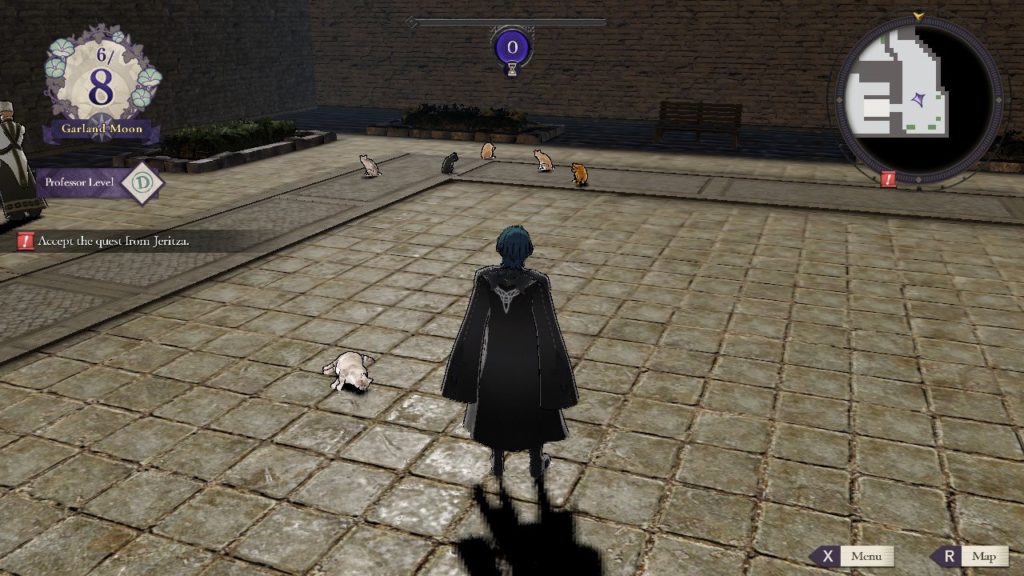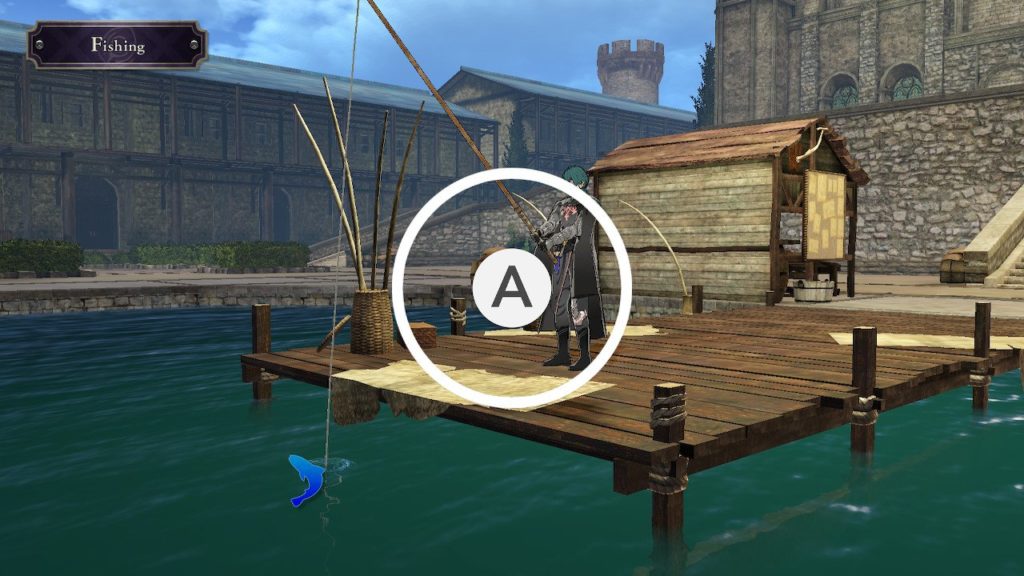- Genre: Action RPG
- Platform: Switch
- Original Versions: Game Boy, Game Boy Color (DX)
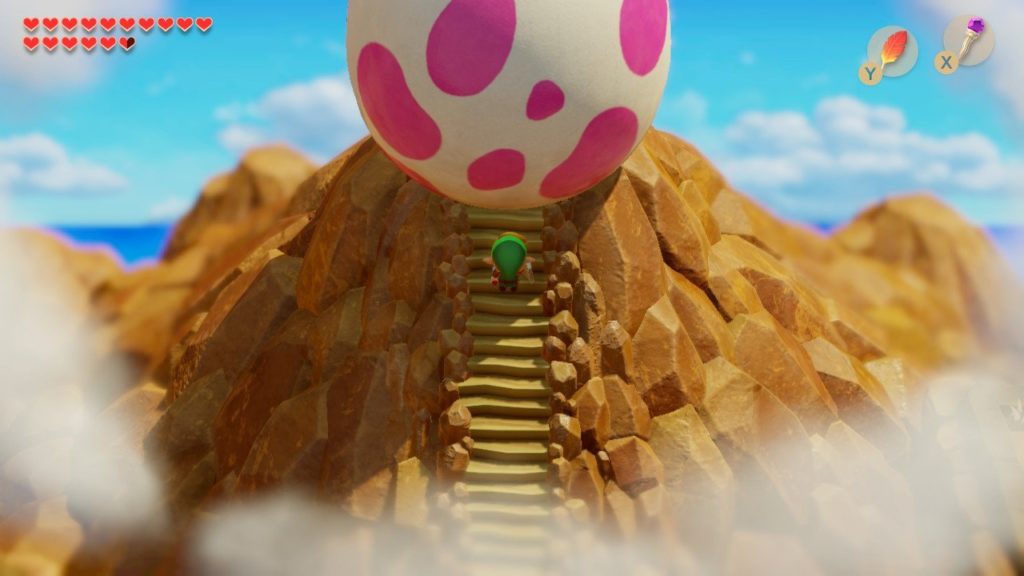
This was the first game I got on the Game Boy. When my family got me the Game Boy for Christmas, Nintendo wasn’t doing Tetris as the pack-in, and boy was that a lucky thing for me. I played this for way too many hours as a kid, wracked my brain over the puzzles, and I’ve loved the Zelda series ever since. Even at the time of its release, this was a special game, and now that it’s been given the modern treatment it’s worth playing more than ever.
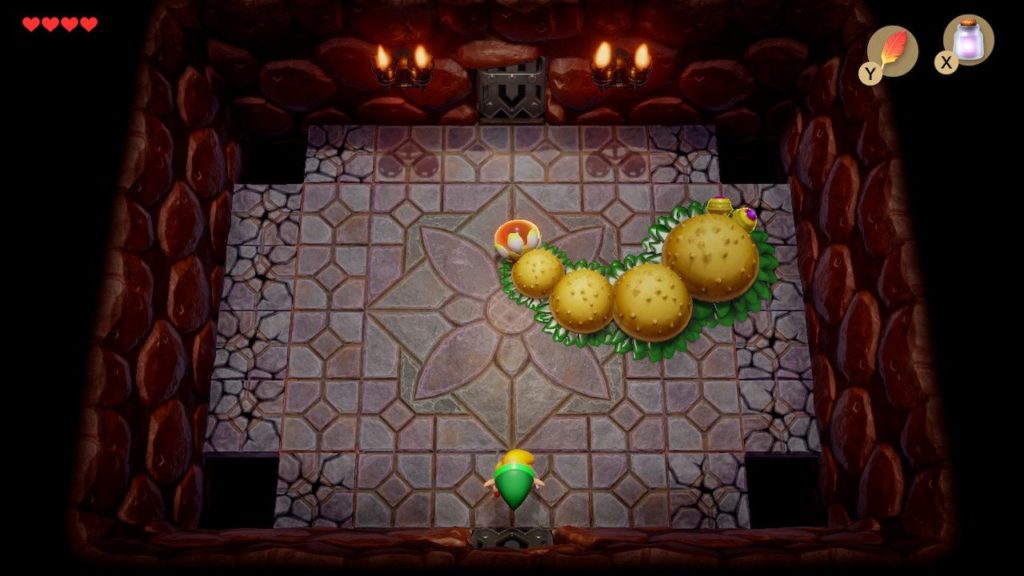
From a high level, there’s not much of a surprise here – it’s a 2D Zelda game. You go to dungeons, you get an item, you use that item to get through the dungeon, by the end of the game you’ve got a tool set to take out the boss. It’s not that this one was necessarily breaking totally new ground, but that it was doing so in a handheld game, and was STILL as good as (and I’d argue better overall) Link to the Past.
There was just something about this one that always hit better for me, and I think I figured it out with this play through. Link’s Awakening plays a constantly good balance of both telling you what to do, and giving you a bunch of leash to go exploring on your own. There’s always a bit of a hint coming out of a dungeon about where to go next. That gives you enough of a bread crumb to go on. But those spots you walk past that you don’t have an item for yet? That item you just got in a trade quest and don’t know who the next step is for? You’re always going to want to go off and explore. Even on the Game Boy that always worked better for me than Lttp‘s somewhat more open ended nature, and it hasn’t stopped working well here.
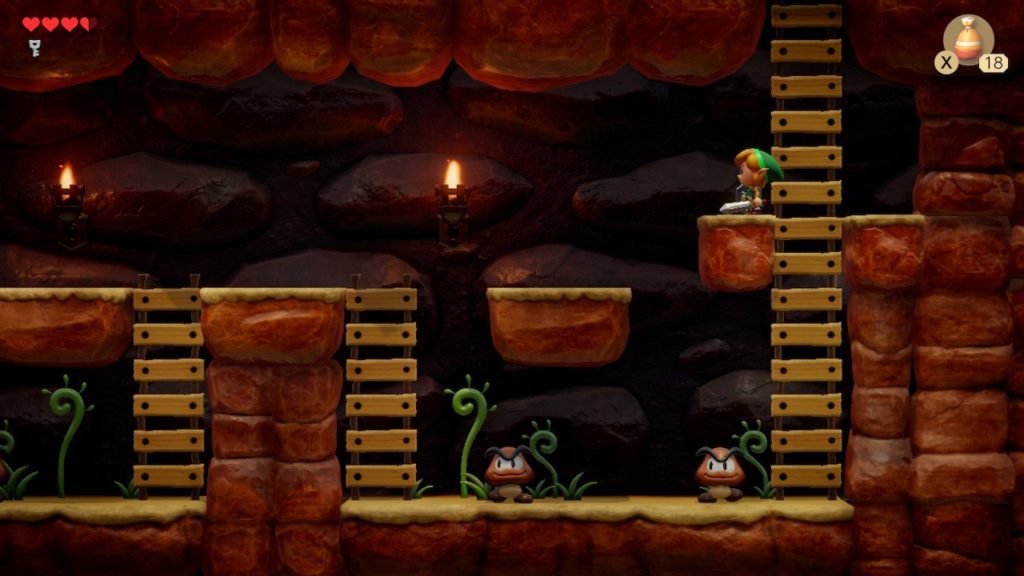
It helps that the items here are still a ton of fun to use. There’s some of your usual suspects here (bow, swords, shield, weight bracelets, etc) to get you into the game – and boy doesn the inclusion of dedicated sword and shield buttons REALLY help this remake. However, this game also had its weird items that just WORKED. Roc’s feather to jump over things? Fun item at the start. Combine with the Pegasus Boots to really jump far? Now you’ve got a great combo. A shovel to give you more of an excuse to find treasure? Why not. Some magic powder that you can use to stun enemies or turn a raccoon back into a human? Why the hell not. This game really just embraced the weird in a way that the rest of the 2D games often didn’t want to do and it’s all the better for it.
The dungeons themselves are also really solid. I’m assuming it was due to the limited nature of the system, but these dungeons really lean on puzzles over combat. You’ve got your usual puzzles tied to the dungeon’s main item, but this one also does a bunch of puzzles that slowly build upon each other across multiple dungeons. A lot of these end up being some variant of switch manipulation that modifies where you can go throughout the level. These are typically tied into the item puzzles to add multiple layers of solving in one. It ends up really reducing combat to boss fights, which is a benefit for how simple the combat really is. It leaves the boss fights down to puzzle solving with the right item and sword spam to kill, and the rest of the game to swinging only when necessary.
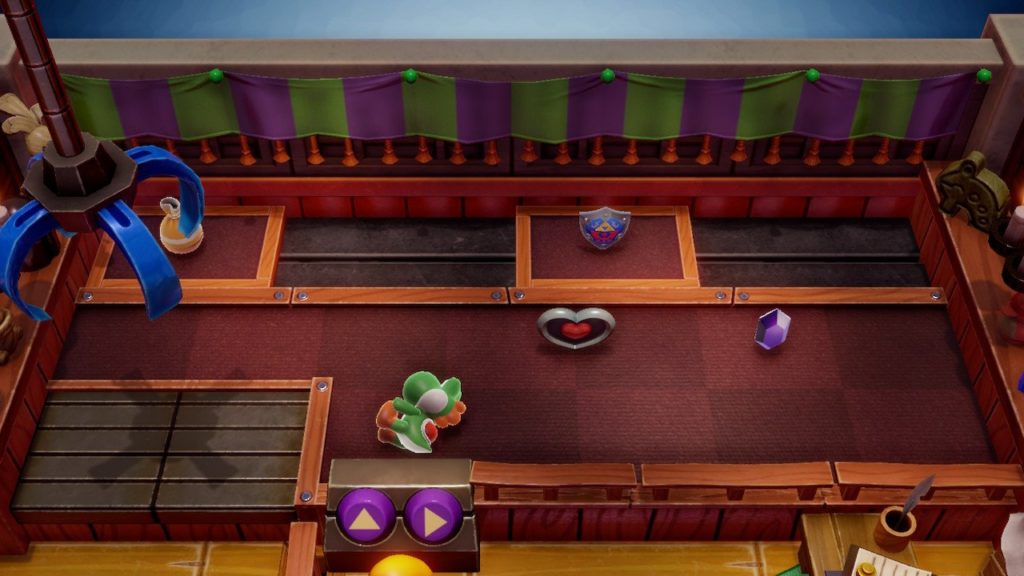
All that said, fuck adding physics to this damn crane game.
This one’s pretty simple – this is one of my favorite games in the Zelda series in general made pretty for modern consoles. The gameplay that made it so good 25 years ago has been tweaked a bit to feel up to date, but not changed where it wasn’t necessary. There’s a lot to be said about not messing with what worked and Link’s Awakening is definitely a good example of that. Where Breath of the Wild proved that a rethinking of the formula was a good direction for the series, this one proves that it’s not always a bad thing to be a bit classic.


